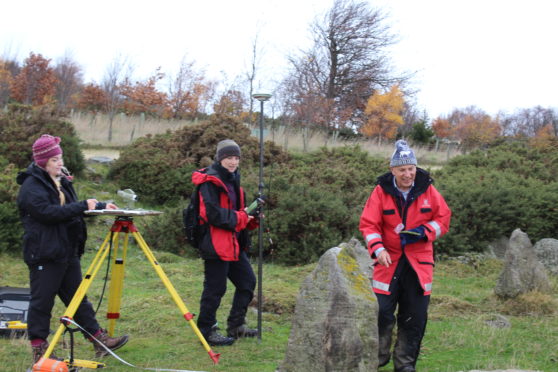Red-faced archaeologists have admitted that a stone circle they believed was thousands of years old is actually a replica which dates back just 20 years.
Last month, Aberdeenshire Council’s archaeology service revealed it had recorded an ancient recumbent stone on a farm in Leochel-Cushnie, not far from Alford.
It was thought the formation had been there for thousands of years, however it has now emerged that the stones were replicas which have been there for a couple of decades.
>> Keep up to date with the latest news with The P&J newsletter
The site was reported by the owner of the farm, Fiona Bain, whose family have worked the land for generations.
Archaeologists did notice unusual features when they were examining the stone, but there are huge variations between genuine stone circles.
Both the council and Historic Environment Scotland subsequently gave the circle an official designation and continued research into the site.
However, this was soon curtailed when the former owner of the farm contacted HES to tell them they had built the circle themselves in the 1990s.
The council has said the re-evaluation proves the value of continued research and study once discoveries are made.
Neil Ackerman, historic environment record assistant at Aberdeenshire Council, said: “It is obviously disappointing to learn of this development, but it also adds an interesting element to its story.
“That it so closely copies a regional monument type shows the local knowledge, appreciation and engagement with the archaeology of the region by the local community.
“I hope the stones continue to be used and enjoyed – while not ancient, it is still in a fantastic location and makes for a great feature in the landscape.
“These types of monument are notoriously difficult to date.
“For this reason we include any modern replicas of ancient monuments in our records in case they are later misidentified.”
The genuine examples of these circles are unique to the north-east and date back between 3,500 and 4,500 years.
